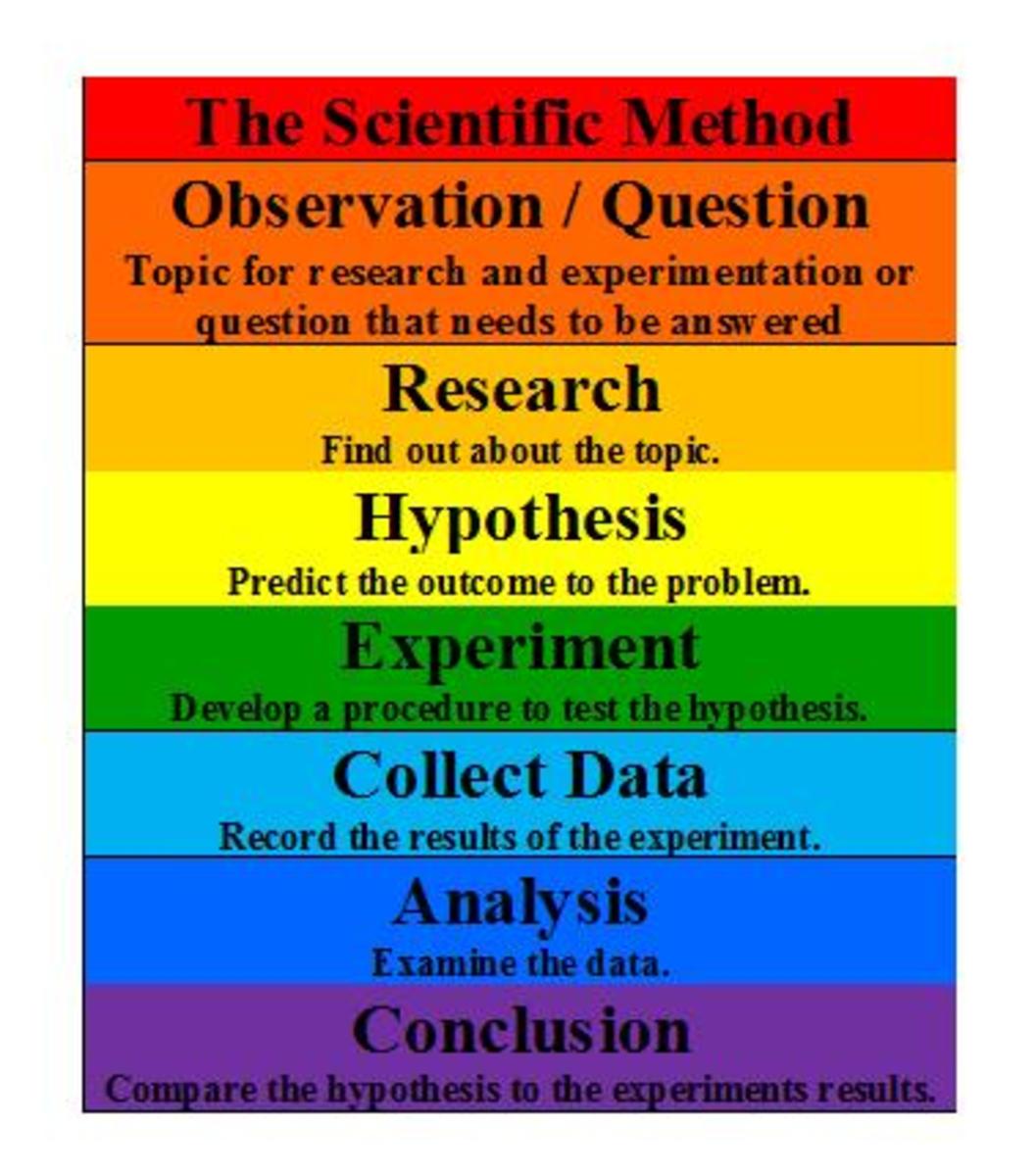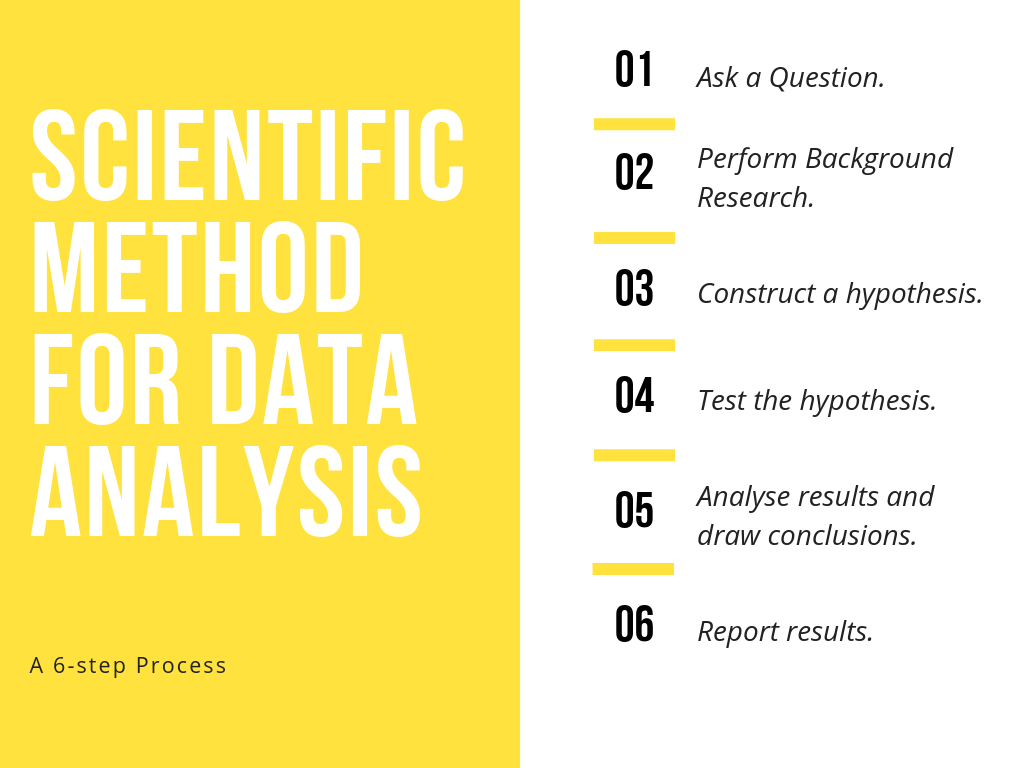The scientific method is critical to the development of scientific theories, which explain empirical (experiential) laws in a scientifically rational manner. In a typical application of the scientific method, a researcher develops a hypothesis, tests it through various means, and then modifies the hypothesis on the basis of the outcome of the. Scientific method is to ask questions to find answers. Steps are:. Observation and question. Hypothesis and prediction. Experiment. Results and interpretations. Unnecessary Dichotomy of Quantitative and Qualitative Methods Multi-methods: Using more than one research method Evaluation research, applied, action research = use qual + quant research methods Mixing Methods: Usually this works well, but depending on the topic/population, there can be limits.
The problem with the 'scientific method'
A common misconception in science is that science provides facts or 'truth' about a subject. Science is not collection of facts; rather, it is a process of investigation into the natural world and the knowledge generated through that process. This process of investigation is often referred to as the scientific method and it is typically defined in many textbooks and science courses as a linear set of steps through which a scientist moves from observation through experimentation and to a conclusion as shown below:
However, this classic portrayal has a number of problems. Science is not a linear process - it doesn't have to start with an observation or a question, and it commonly does not even involve experiments. Instead, the scientific method is a much more dynamic and robust process. Scientists get their inspiration from the natural world, from reading what others have done, from talking to colleagues, or from experience. They use multiple types of research toward investigating phenomena, including experimentation, description, comparison, and modeling. Some scientific investigations employ one of these methods, but many involve multiple methods, or some studies may even have characteristics of more than one method. Results from one research study may lead in directions not originally anticipated, or even in multiple directions as different scientists pursue areas of interest to them.


Comprehension Checkpoint
Scientists may use different research methods as long as they end up with the results that were predicted.
Practice of science: Methodologies
Given the detail needed to understand this practice, a single paragraph or even chapter will not do. Thus, we have developed a series of 11 modules that convey the practice of science and present the different methodologies used in scientific research. These 11 modules are part of a larger series of modules called our Process of Science modules, and these modules provide a detailed answer to the question 'What is science and how does it work?' If you would like to learn more about individual scientific methodologies, please visit our Practice of Science modules:
Scientific Calculator
Summary
Scientific Method Overview Examples
Scientific investigation is not always a linear process that starts with a hypothesis and ends with a conclusion, as portrayed in the classic “Scientific Method.” The true scientific method is a much more dynamic and much less predictable, and can involve various methods that may overlap. This module serves as an introduction to our Practice of Science series of modules, which describe key scientific methodologies.
What Is The Science Method
Key Concepts
Biology Videos For High School
The scientific method is a process of discovery that does not follow a prescribed, linear pattern of steps.




